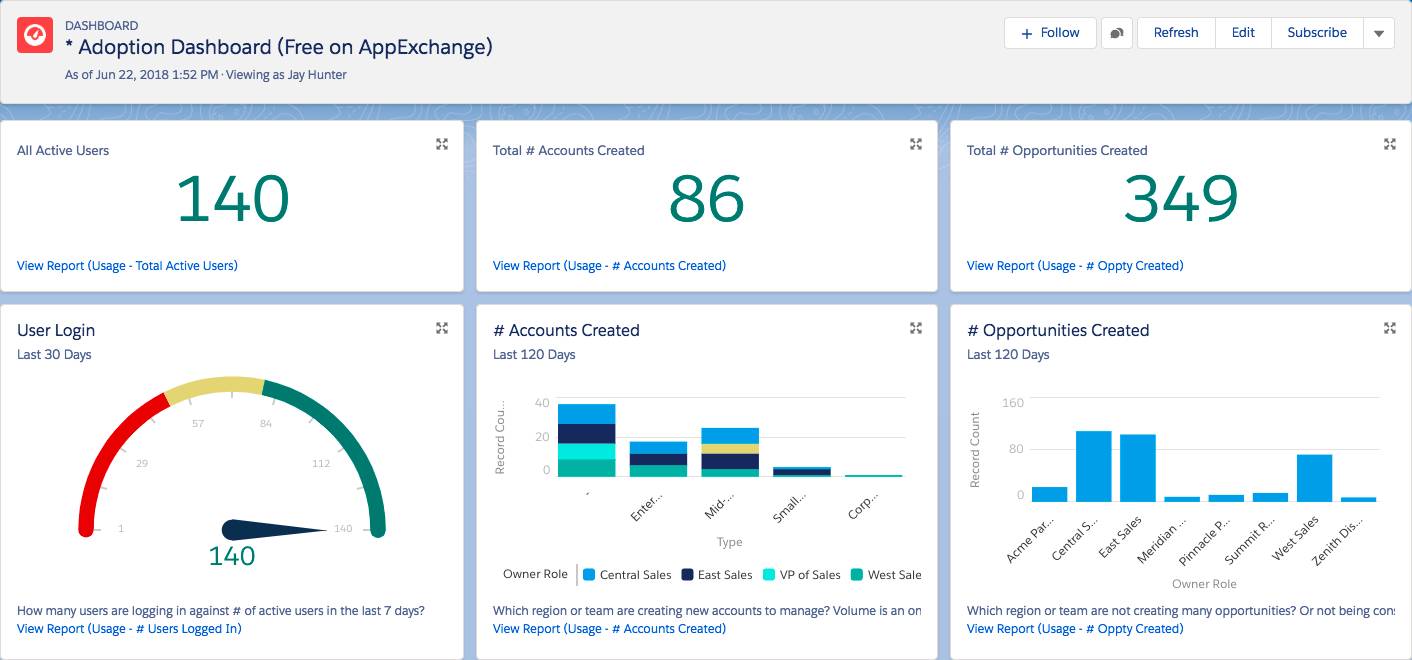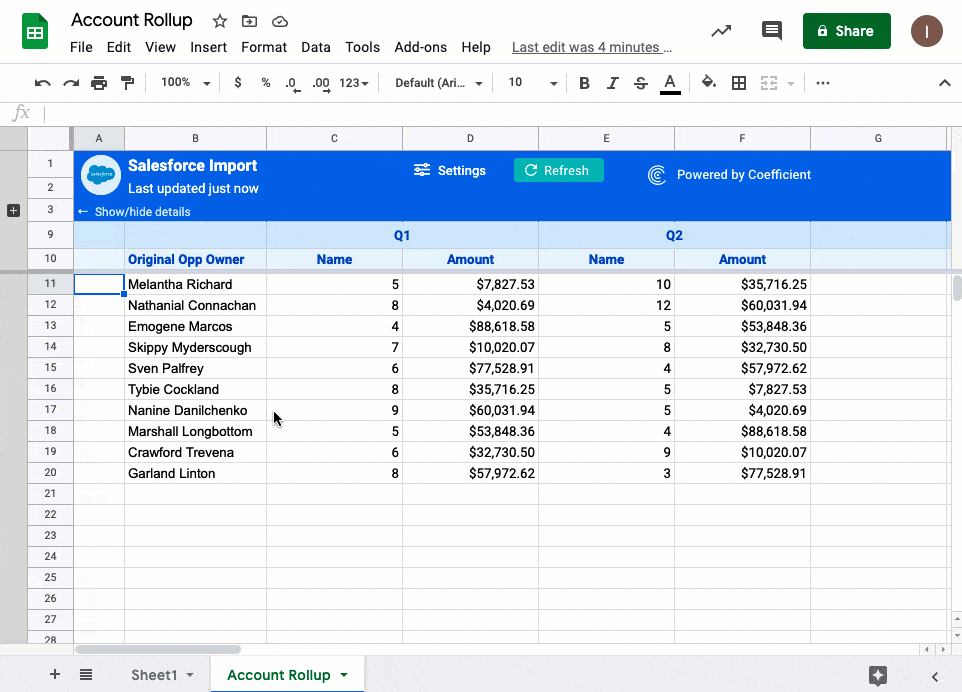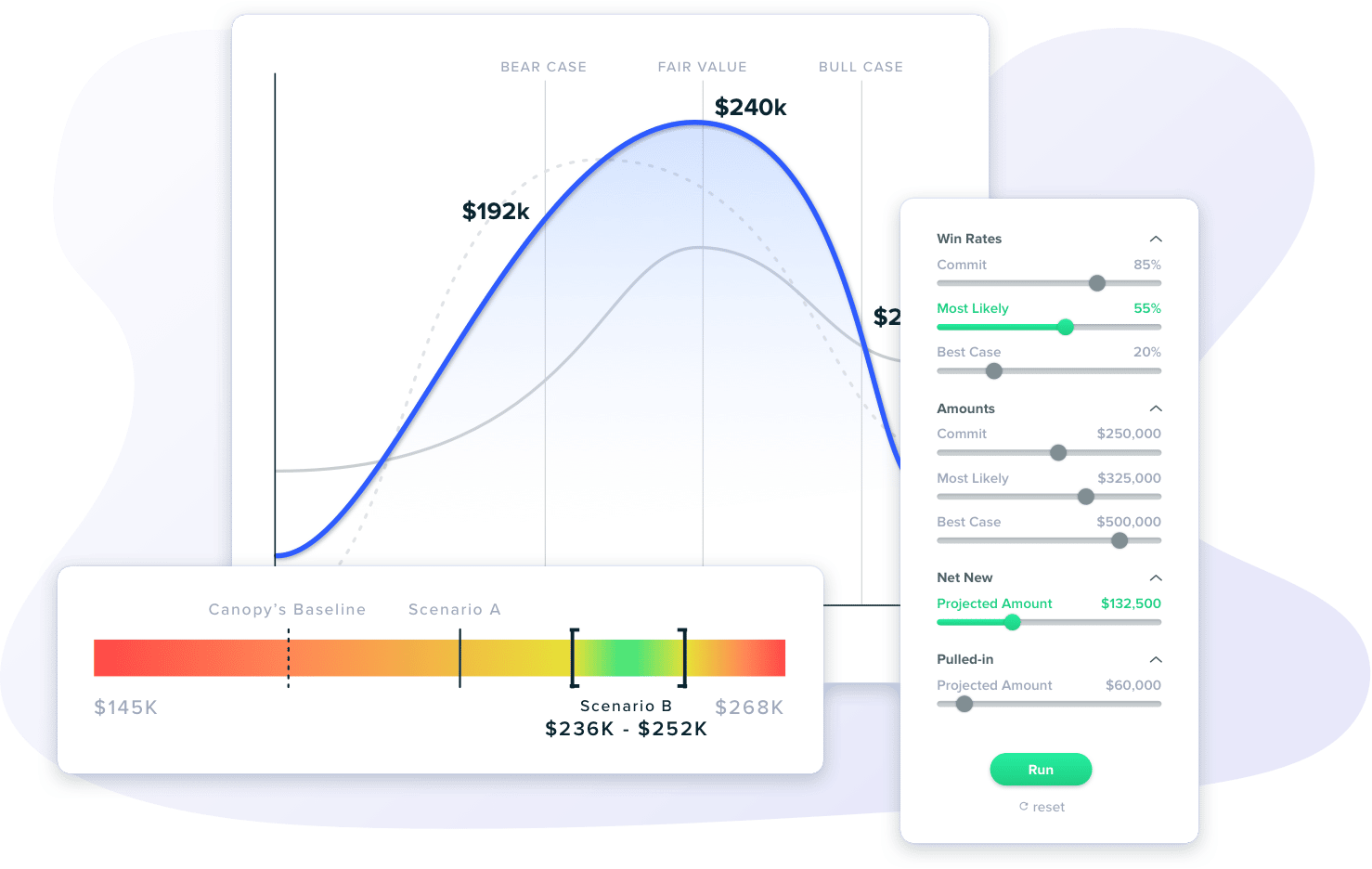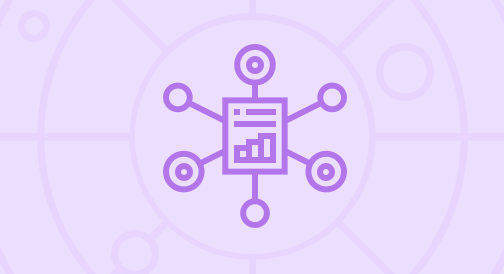With the sheer number of software and apps available for revenue-related and customer-facing functions, choosing the best tools to include in your Revenue Operations technology stack can be confusing.
Plus, being swamped with so many systems creates many issues, such as reporting limitations in individual systems (which can vary by application) and the difficulties of merging data sets across these apps.
This leads to manual, repeated tasks and makes ad hoc requests a pain for RevOps teams to manage.
All of these issues can lead to breaks in alignment among your sales, marketing and customer success teams, and, in turn, causes ineffective workflows and slows action.
If you’re looking for the right RevOps tech stack, it’s best to do your homework to understand the various tools necessary for your marketing, sales, and customer success operations. That way, you can identify which tools will best meet your business needs.
Tools to include in your tech stack
An ideal Revenue Operations tech stack should include tools that monitor the top-line data and have integration capabilities with other apps. This keeps your metrics updated and synced to the apps across your company.
But, building the appropriate tech stack requires a clear strategy first and foremost. With over 11,000 GTM tools out there, it’s sometimes easy to acquire more than you need.
Focus on acquiring the tools that your various departments can use to effectively execute their strategy and functions and learn how to best integrate these to drive efficiencies.
Also, ensure these tools can scale with your RevOps strategy and overall business operations.
Here are some of the essential software and apps to include in your RevOps tech stack.
Customer relationship management (CRM) software
RevOps is about aligning and unifying your company’s various operations and functions, so it makes perfect sense to get all your customer data into a centralized location.
Some of the most popular CRM software in the market include Salesforce, HubSpot and Pipedrive.
For instance, Salesforce gives you an overall picture of your clients and customers through comprehensive dashboards, allowing any member of your multiple teams to understand and analyze the data with ease.
CRMs can integrate with marketing and sales apps, allowing your teams to work within one platform instead of switching back and forth between different tools.
This can save your RevOps team tons of time and effort, allowing them to work more efficiently and produce better results.
A CRM platform centralizes customer data into one easy-to-access place. It is often the single source of truth for revenue teams. Many big players in the space, such as Salesforce, collect information from various sources such as Google Analytics, social media portals, and other business applications. CRM’s are used to store, sort, clean, and analyze the data into more actionable information. The resulting insights are used to drive revenue through different sales and marketing campaigns.
Most, if not all, CRM software comes with reporting capabilities. It uses various parameters, so you can focus on specific parts of the sales funnel and identify where the team should allocate time.
Reporting features highlight leads, companies and opportunities that are necessary for revenue growth. However, a CRM system cannot do these alone. It often uses other systems and integrates data and processes within its own system to extract insights and generate reports across your different teams.
Spreadsheets
Spreadsheets are the most ubiquitous product for business teams because of their familiarity, power and flexibility. They are essentially the common language of analytics for business people. They also don’t require SQL knowledge, making it possible for most stakeholders to work with data. There are some inherent flaws with spreadsheets that companies like Coefficient are solving.
Coefficient supercharges your spreadsheets connecting you to your revenue operations data where it lives – common RevOps systems include Salesforce, Google Analytics, HubSpot, DB’s, BI Systems, etc. This improves your RevOps team’s ability to drive insights because they can be effective in spreadsheets and with the real-time nature you would expect from a BI product.
Coefficient also enables you to pull data from other spreadsheets shared across the company. This allows you to unify your data and make sure any changes are reflected in your spreadsheets.
For instance, you can create a master spreadsheet that, with a single click, pulls data from your finance and marketing managers’ spreadsheets. Coefficient makes it easy to get the latest data when you need it.
Whenever you click the “Refresh” button, whatever changes were made on the spreadsheet you’re pulling data from will appear on your spreadsheet.
This helps you avoid the time-consuming and often inaccurate process of copy/pasting data between sheets. If you use the IMPORTRANGE function, you’ll love the clean UI and ability to track where the data is coming from.
In a nutshell, using Coefficient removes reporting limitations by allowing you to easily work with disparate data sets across your apps, eliminating manual and repetitive tasks. Ad-hoc requests become easier to manage since you can access all of the data directly from your spreadsheet and you don’t need to know SQL.
This improves alignment across your revenue teams, reduces issues your teams face with siloed data, and streamlines workflows and processes across departments.
Revenue intelligence software
Revenue intelligence software is a critical aspect of RevOps because it is driven by Artificial Intelligence (AI) and Machine Learning (ML). The technology can streamline data gathering, synchronization, and management throughout your marketing, sales, customer success teams, and customer-facing processes.
This helps automate and supercharge marketing, sales, and customer success insights to help your revenue teams drive growth more efficiently.
Here are some areas where revenue intelligence software is most useful:
- Inaccessible or uncaptured data. Because revenue intelligence software is AI-based, it eliminates manual and siloed data entry across your customer-facing teams, leading to potential input errors, missing info, and inaccurate data.
The software can automatically capture customer interactions on every contact point, making your marketing, sales, and customer success insights more reliable and accurate.
- Lead qualification inefficiencies. Combining conversation intelligence technology with revenue intelligence software streamlines the process of empowering reps when qualifying leads.
Conversation intelligence lets your customer success teams assess the direction of customer conversations as they unfold and identify positive and negative cues, expediting the lead qualification process. This also ensures you’re allocating resources to the right teams and opportunities to optimize conversions.

Stop exporting data manually. Sync data from your business systems into Google Sheets or Excel with Coefficient and set it on a refresh schedule.
Get Started
- Siloed data. The advanced features of revenue intelligence software give each of your departments and teams access to the same data.
This enables your marketing, sales and customer success team to look at the same data and capitalize on opportunities as a company.
Some of the most reliable revenue intelligence software available in the market include Chorus.ai, Gong.io, and Canopy.
Canopy’s sales forecasting function provides a scenario planning feature that helps your teams know everything about future revenue using all available data.
The platform gives users the ability to adjust assumptions based on what teams know to be true. This allows your RevOps teams to model different outcomes and run thousands of multiple scenarios within seconds, gaining valuable insights quickly.
With powerful revenue intelligence software, managers gain increased visibility over your teams’ performance, track pipeline activity, and others to drive optimum revenue.
“The right tech stack is the linchpin of effective RevOps, laying down the infrastructure for seamless operations and accurate analytics. Clean data is the lifeblood that fuels this infrastructure, enabling precise decision-making and strategic insights. At RevBrains, we grasp the symbiotic relationship between a robust tech stack and pristine data and emphasize their paramount importance in our client engagements. A well-architected tech stack paired with clean data is not just about optimizing operations, it’s about propelling businesses into a realm of sustained revenue growth and operational excellence.”
– Ivan Bondokov, Co-Founder, RevBrains
RevOps orchestration software
The best RevOps stack requires orchestration software that provides a common frame of reference for your broader tech stack.
Software like Default enables seamless integration and a single source of trush for your operations.
Outside of high level orchestration functionality, Default offers automated form generation, lead routing, scheduling, qualification, enrichment, and more.
We’re big fans of Default and doubled our own inbound conversions overnight by providing an incredible end-user experience with their functionality. If you’re currently using website forms that aren’t well integrated with marketing to sales operations, Default can change your operation overnight.
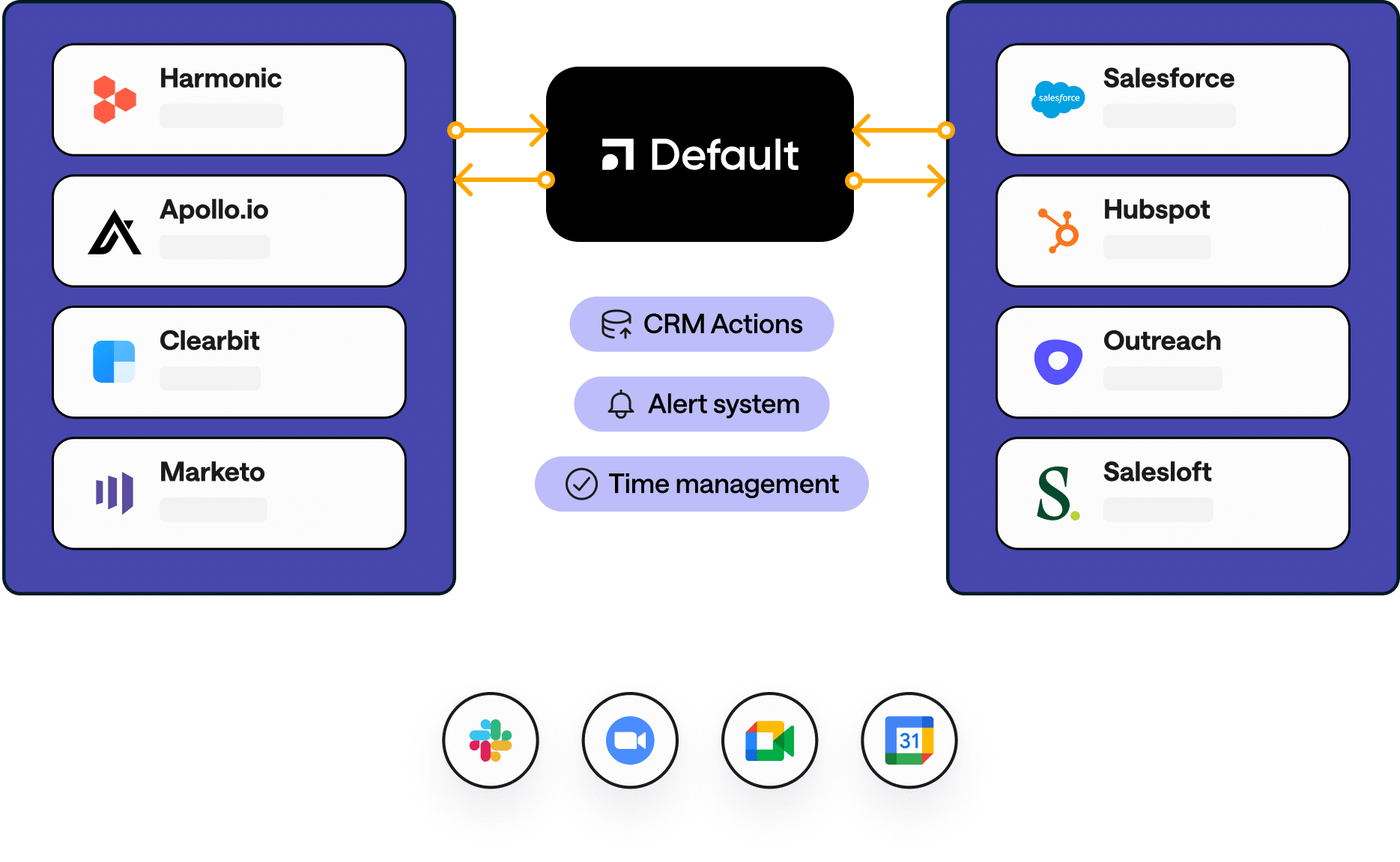
Project management tools
Project management software helps multiple departments and RevOps teams collaborate better.
It can create a centralized place for teams to effectively work on cross-cutting revenue-related initiatives. It’s a great way to create and manage projects, tasks, owners and deadlines.
Several of the reliable project management platforms you can add to your RevOps tech stack include ClickUp, Asana, Trello, Basecamp, and Wrike.
ClickUp streamlines collaboration within teams and with different departments by letting users create and assign tasks to specific groups or members, set up notifications, and tag tasks as In progress or Done (among other functions).
With these features, team leaders and managers can easily track the overall progress of tasks from one location, streamlining follow-ups, task completion tracking, and collaboration across your company.
Considerations when building your RevOps tech stack
Here are several essential factors to consider when choosing the right tools to add to your RevOps tech stack.
- Software functionality. Carefully consider the overall functionality of the software. Best-of-breed apps with robust features can be a better choice than suite applications. However, some apps might have features that aren’t fully developed, making them less ideal.
- Ease of use. Intuitive and easy-to-use apps allow your team to implement your RevOps strategy and also reduce the learning curve for people using the software.
- Current and future fit. Your tools should fit your current and future use cases. This consideration becomes more important as your business grows along with the amount of data that you handle. Pay attention to how the apps handle data (collection, transfer, and storage) and security (data protections, authentications, and permissions).
- Flexibility. Check if the tool gets regular software updates that continually expand and improve its functionality. This gives your teams more options in terms of interoperability with other applications.
Next Steps
Finding the right tools to add to your RevOps tech stack comes with its challenges. However, as long as you understand what your RevOps team needs to function efficiently, you’ll have a solid foundation to build upon when choosing the tools to include in your tech stack.
Start with the basics, such as CRM systems, spreadsheets, revenue intelligence software, and project management platforms, and establish a tech stack ecosystem that will facilitate your RevOps strategy implementation.
Try Coefficient for free today!

